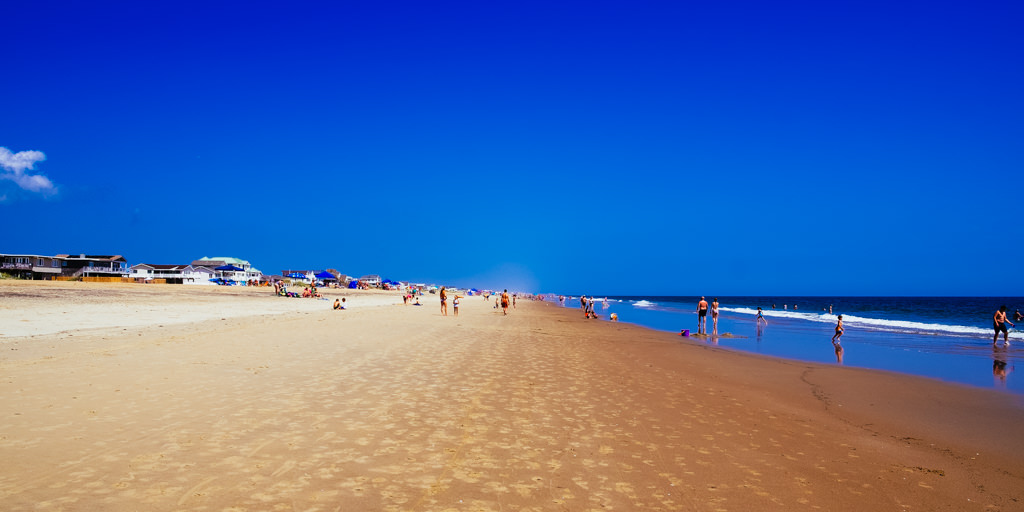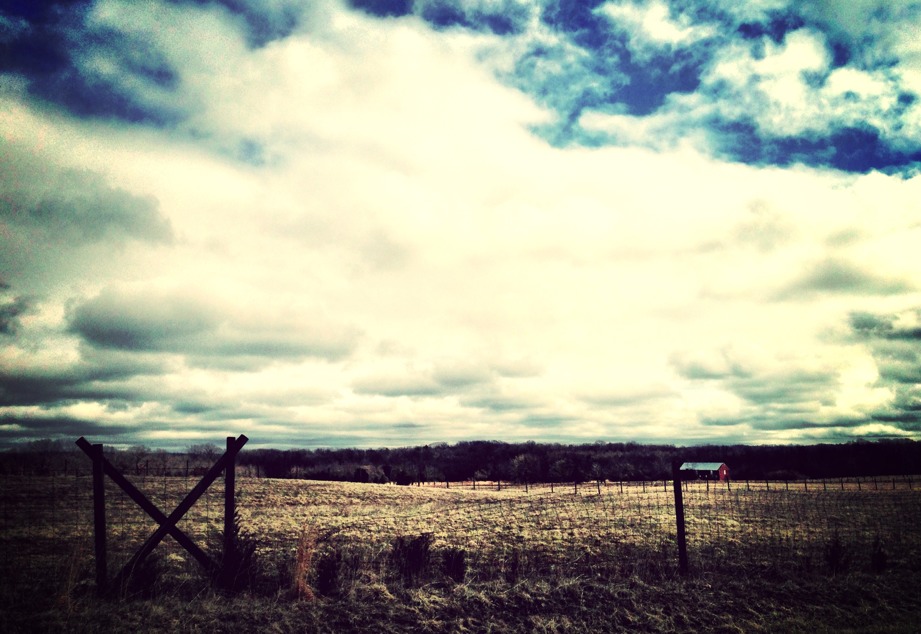About every month or so I go through my Adobe Lightroom Catalog and flag a few that I license via a Creative Commons Zero (Public Domain) license.
These images are dedicated to the public domain by waiving all of my rights to the images worldwide under copyright law, including all related and neighbouring rights, to the extent allowed by law.
This means that anyone can copy, modify, distribute, and display the images, even for commercial purposes, all without asking permission.
You can download full resolution versions of these images via my Unsplash profile. Read the Unsplash FAQ for more information.
[fusion_builder_container hundred_percent="yes" overflow="visible"][fusion_builder_row][fusion_builder_column type="1_1" background_position="left top" background_color="" border_size="" border_color="" border_style="solid" spacing="yes" background_image="" background_repeat="no-repeat" padding="" margin_top="0px" margin_bottom="0px" class="" id="" animation_type="" animation_speed="0.3" animation_direction="left" hide_on_mobile="no" center_content="no" min_height="none"]





